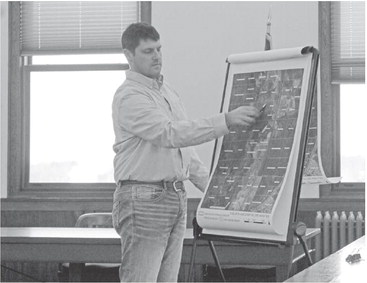Committee approves floodplain map for Chelsea Lake


Residents living around Chelsea Lake will have some new rules when it comes to where and what they can build on their properties.
On December 19, members of...


Residents living around Chelsea Lake will have some new rules when it comes to where and what they can build on their properties.
On December 19, members of...